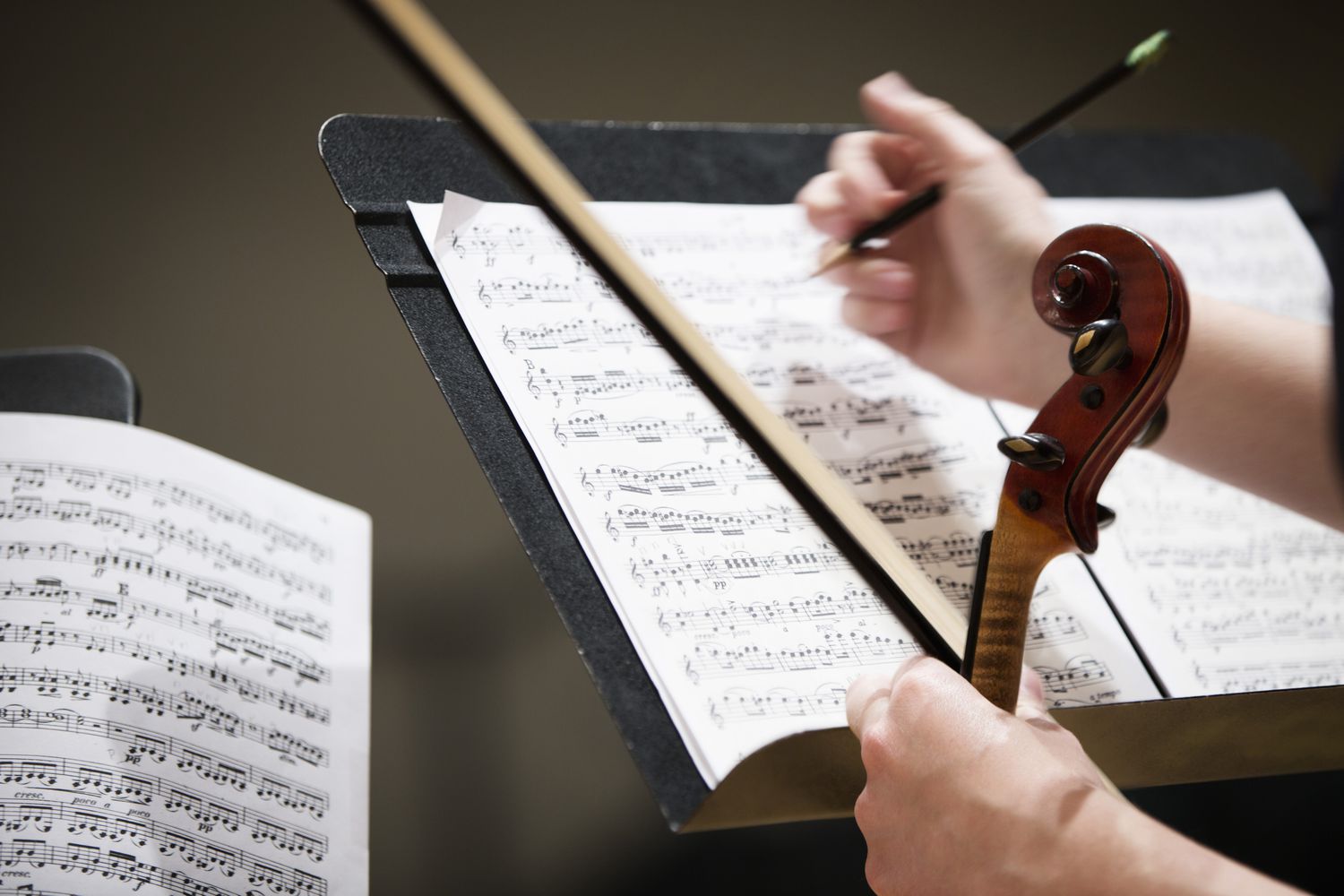The Intersection of Art and Science in Sheet Music: Crafting Harmony through Precision and Creativity
 In the world of sheet music, a mesmerizing intersection occurs—a delicate dance between the artistic expression of composers and the scientific precision required for musical interpretation. The sheets, seemingly black and white, become a canvas where creativity and technicality converge. Let’s explore this fascinating crossroads where art and science harmonize to create the symphony of sheet music.
In the world of sheet music, a mesmerizing intersection occurs—a delicate dance between the artistic expression of composers and the scientific precision required for musical interpretation. The sheets, seemingly black and white, become a canvas where creativity and technicality converge. Let’s explore this fascinating crossroads where art and science harmonize to create the symphony of sheet music.
1. The Artistry of Composition:
At its core, sheet music is a form of artistic expression. Composers, akin to painters, sculptors, or poets, weave intricate tapestries of emotion and narrative through musical notation. The notes on the staff are more than dots on a page; they are the brushstrokes of a composer’s imagination. From the poignant melodies of a requiem to the jubilant rhythms of a dance, each piece is a unique work of art.
2. Precision in Notation:
Yet, for all its artistic flair, sheet music demands precision. The scientific aspect of music notation ensures that the intended musical language is communicated accurately. Notes, rests, and symbols are meticulously placed to convey pitch, duration, and expression. The clarity of the musical message relies on the precision of these notations, a testament to the scientific rigor involved in creating a universal language for musicians.
3. Dynamics and Emotional Palette:
Art and science meet in the realm of dynamics. The crescendos and diminuendos, the ebb and flow of intensity, are carefully marked to evoke emotions. Here, science provides the structure—indicating volume changes with markings like crescendo and decrescendo—while art infuses the music with life, allowing musicians to imbue each note with personal expression.
4. Harmonic Structure:
The harmonic structure of a composition is a scientific arrangement of chords and intervals. Composers use the rules of harmony, rooted in mathematical relationships, to create pleasing and expressive musical progressions. This structural foundation, though grounded in science, provides the framework for the emotional narrative crafted by the artist.
5. Interpretation and Personal Expression:
Musicians stand at the crossroads of art and science, interpreting the meticulously notated instructions through their own lens of creativity. The same sheet music can be performed in myriad ways, as each musician infuses their unique artistry into the performance. This interplay between the scientific precision of notation and the creative interpretation of the performer gives each rendition its distinct character.
6. Technological Innovations:
Advancements in technology further emphasize the intersection of art and science in sheet music. Digital notation software and electronic instruments bring a new level of precision and accessibility, allowing composers to experiment with novel sounds while maintaining the artistic integrity of their vision.
In the world of sheet music, the intersection of art and science is a dance where creativity finds structure, and precision finds expression. It is a reminder that, while music may seem intangible, its creation and interpretation are deeply rooted in both the artistic imagination and the scientific principles that govern sound. As musicians navigate this harmonious convergence, the result is a symphony that transcends the boundaries of time and resonates with the eternal language of music.
